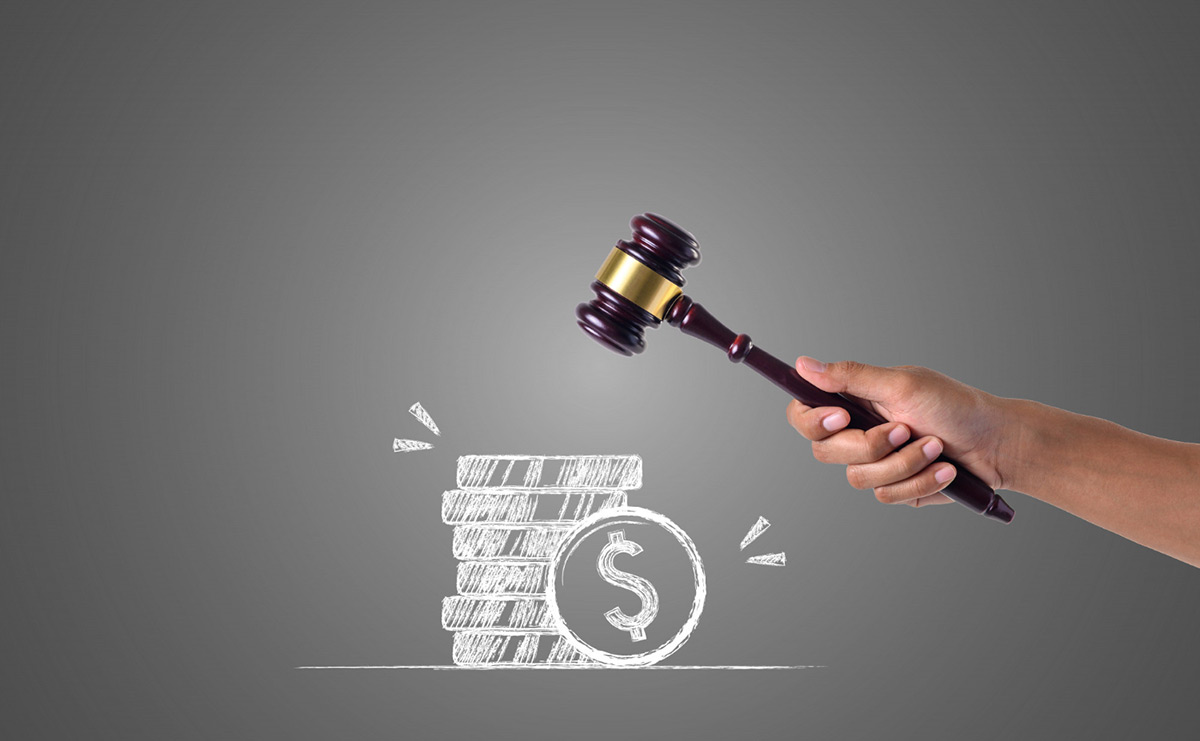Bankruptcy Administrator
A “Bankruptcy Administrator” is not a commonly used term, and it might be a slight variation or a term specific to particular jurisdictions or organizations. There are professionals and entities involved in the bankruptcy process. Here are some key players:
- Bankruptcy Trustee: A bankruptcy trustee is appointed to administer the bankruptcy process in many jurisdictions. The trustee is responsible for overseeing the liquidation of assets or developing a repayment plan for the debtor. They play a crucial role in ensuring that creditors are treated fairly and that the bankruptcy process is carried out according to the applicable laws.
- Bankruptcy Administrator in the United States: The term “Bankruptcy Administrator” is used in some U.S. bankruptcy courts, especially in districts served by Bankruptcy Administrators rather than U.S. Trustees. Bankruptcy Administrators have duties like those of U.S. Trustees, such as overseeing bankruptcy cases, monitoring creditors’ committees, and ensuring compliance with bankruptcy laws.
- Insolvency Practitioner: In some countries, professionals known as insolvency practitioners or insolvency administrators handle bankruptcy cases. They might be accountants or lawyers with expertise in insolvency law. Their role includes managing the debtor’s affairs, liquidating assets, and distributing proceeds to creditors.
- Official Receiver: In some jurisdictions, the official receiver is a government official responsible for handling bankruptcy cases. They may perform duties such as liquidating assets, investigating the debtor’s financial affairs, and ensuring that the bankruptcy process is conducted according to the law.
It is noteworthy that the specific roles and titles associated with bankruptcy can vary from one jurisdiction to another.



